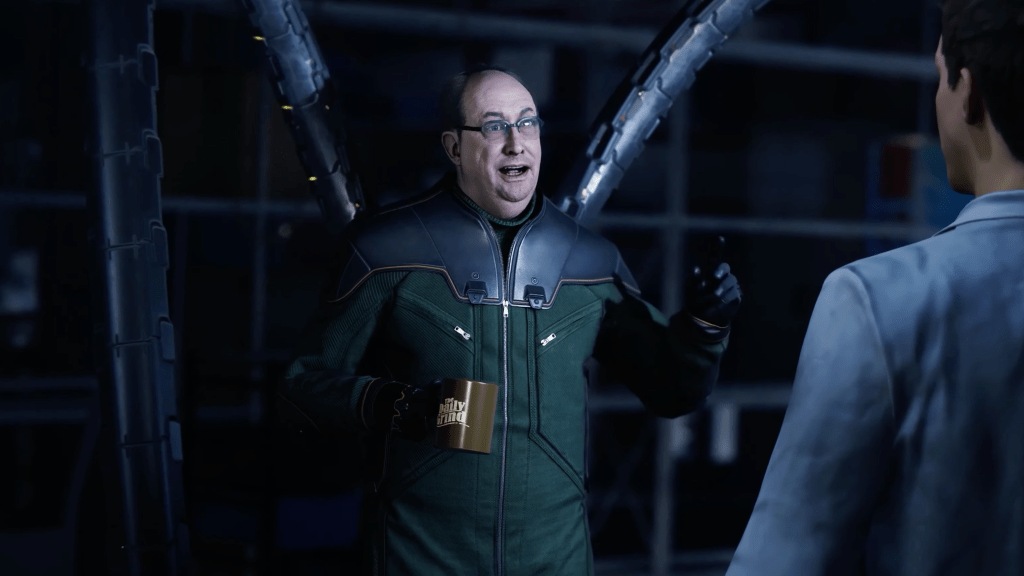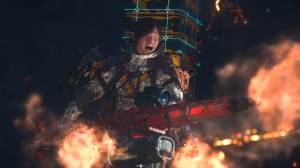Everyone loves a good villain. The best video games include really good villains, because a lackluster antagonist really ruins the game’s chances of being great. It’s cool when a villain is purely, deliciously, and unequivocally evil, with Ganondorf, Bowser, Dr. Robotnik, The Joker, Baldur, and others coming to mind. That said, this type of baddie doesn’t always add to a game’s narrative quality like a sympathetic, complex antagonist does. These villains usually add wrinkles that other games just don’t have. Sympathetic bad guys aren’t easy to do, but when done right, they stand out. Here are five of the best examples.
Videos by ComicBook.com
5. Doctor Octopus

Marvel’s Spider-Man may not have done everything better than its 2023 sequel, but it certainly did the villain better (with all due respect to Venom/Harry Osborn, who is also a pretty good sympathetic villain). Doctor Octopus, or Doc Ock, is one of gaming’s best sympathetic villains. Insomniac ripped his origins mostly from the comics, but it works so well. Being able to work alongside Doctor Octavius as he slowly degenerates due to his disease and the work he’s doing to fix it before he ultimately turns on Peter Parker/Spider-Man is just brilliant writing, and it makes the final battle, ultimate reveal, climax, and resolution so much stronger.
4. Clifford Unger

Throughout the entirety of Death Stranding, Clifford Unger, portrayed by renowned actor Mads Mikkelsen, appears as a villain. Even in the flashbacks, it’s clear he’s not necessarily the good guy. That only further appears to be the case when you finally face off with him and when it’s revealed that he was the one who commissioned Higgs (a fantastic villain, but much more purely evil than complex or sympathetic) to start the sixth extinction. Then, the final encounter, and a later flashback, reveal unforeseen motivations, character depth, and origins. It all amounts to Unger being one of gaming’s most sympathetic antagonists.
3. Zachary Comstock

With all due respect to Andrew Ryan or Sophia Lamb, Zachary Comstock is the best villain in BioShock because of his unique and sympathetic story. On paper, Comstock doesn’t seem complex or sympathetic at all. In fact, he seems racist, misogynistic, and just plain wicked. However, the eventual plot twist reveals that there is so much more to Comstock. The discoveries late in the game don’t quite fit together with the rest of the game like a perfect puzzle piece, but they do make Comstock a fascinatingly complex villain, mostly because he’s also the protagonist.
2. Abby Anderson

In a similar fashion to Comstock, Abby Anderson is an antagonist, but you also get to spend time with her as a protagonist, too. The brilliance of The Last of Us Part 2 is that you get to see this story from both sides. You actually get to play as the “villain” and see why they do what they do. And in Abby’s case, she’s extremely justified and incredibly sympathetic. Once you really sink into Abby’s side of the story, you begin to forget she’s even the “antagonist,” although the narrative moral of the story is that there are no good or bad guys anymore. Abby’s inclusion in the game serves to hammer that point home so well.
1. Dutch Van Der Linde

Any time the villain has a preexisting friendly relationship with the hero in a story, the villain already has layers that elevate themselves. That was true for Dutch Van Der Linde in Red Dead Redemption, so he was already a really solid antagonist for John Marston. Then, Red Dead Redemption 2 went and made him maybe the most complex villain of all time. Even though it seems very clear from the beginning that Dutch is a pretty selfish character, he did have a ton of good qualities, and the gang genuinely revered him. The ensuing events that led to his manipulation and downfall, thus leading to him being the true villain he becomes, are video game perfection, and it makes the turn we all knew was coming that much more painful.
What do you think? Are sympathetic, complex villains better than pure evil ones? Let us know in the comments below!









